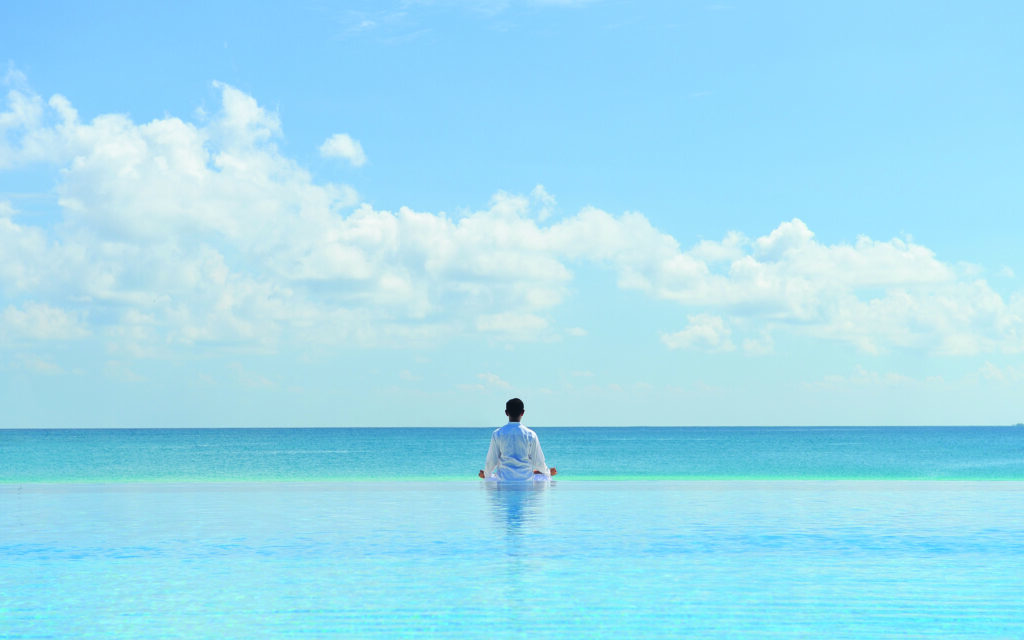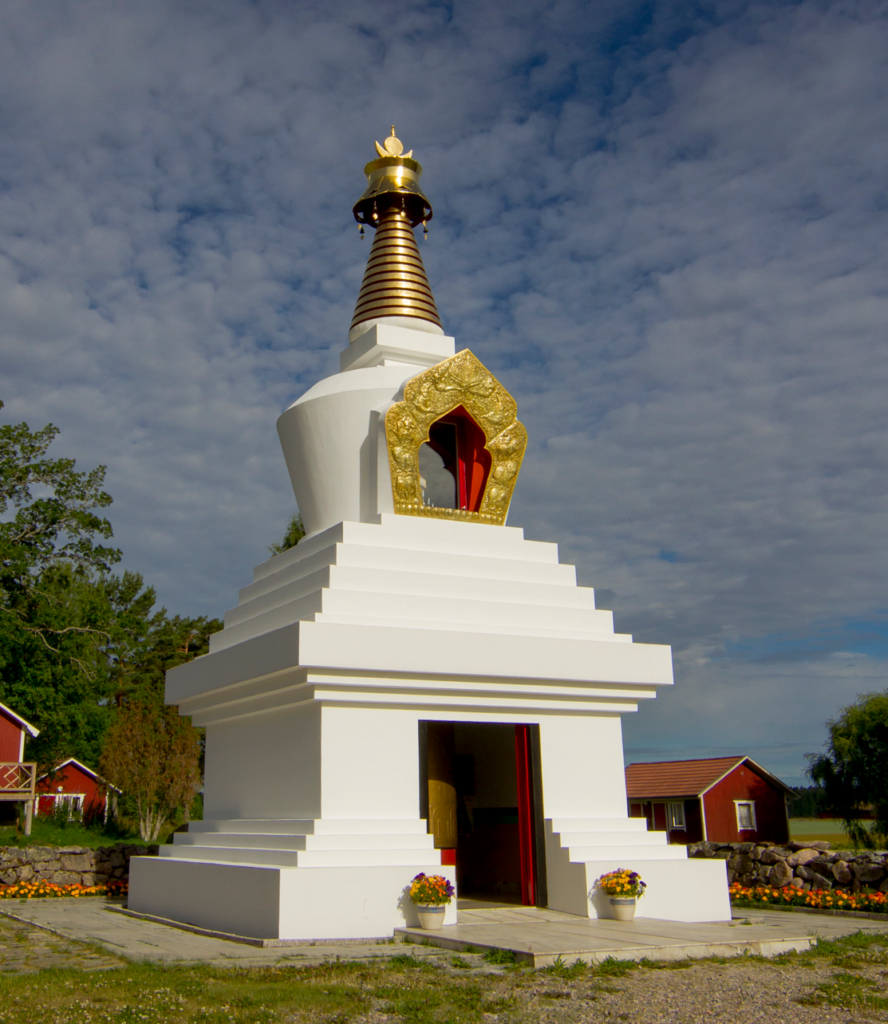2500 years ago, Buddha showed us the path of meditation, which has since brought freedom and happiness to countless people. A happy life can be said to be one that is given real meaning by the aspiration to make the world a better place for the benefit of all.
Why Should We Meditate?

Meditation offers a myriad of benefits for the soul, mind, and body, as supported by extensive research. It serves as a remedy for stress, depression, and even physical ailments by allowing the mind to open up and harness its innate self-healing energy. The core purpose of meditation is to guide the mind back to its true, unclouded state, which naturally emanates peace and love. While traits such as kindness, selflessness, and compassion are universally regarded as positive and desirable, negative emotions like hate, greed, and jealousy often seep in due to the mind’s inherent weakness and unsettled nature.
To attain a sustained state of harmony, we must undertake the training of the mind, being constantly aware of the thoughts and emotions present within us. This practice is particularly crucial during negative states, as viewing situations from different perspectives allows us to reflect on their gravity and, hopefully, release them, thus preventing the accumulation of negative karma.
What Is Meditation?
Meditation involves working with the energies of the body, speech, and mind. This implies that the ability to meditate is not contingent upon one’s beliefs, as everyone possesses these three fundamental sources of energy. Furthermore, the path to enlightenment is not rooted in rigid dogmas; each teaching can be tested through personal experiences in the real world. During various visualizations in meditation, the “light” always emanates from within, symbolizing that you are Buddha and Buddha is within you. It’s essential to remember that the Buddha was not a superior being; he was a human, much like us, who discovered a way to liberate his mind and attain enlightenment.
Recommended book (in Hungarian language):
Láma Csöpel – Miért meditáljunk?
Kérdések a meditációról és a buddhizmusról
(Lama Choepel: Why should we meditate? Questions about meditation and buddhism)
The Buddha, the Scythian Sage
The Buddha was born into the Shakya tribe, which was a part of the Scythian group of tribes that ruled over Central Asia. It is important to note that the ‘H’ in the name of the Buddha is silent, not pronounced in either Indian languages or English. The pronunciation “Buda” is more accurate.
Hungarians also trace their origins to this group, highlighting the direct cultural connection with Buddhism. The Buddha was born on our planet in the 500s BC with the purpose of showing beings the path to enlightenment. Prior to his final incarnation, he led 500 pure and 500 impure lives, establishing a deep connection with the inner path. His second-to-last existence was in the heavenly realm of Tushita, where the gods around him sensed that the time had come for him to bring teachings of the inner path to Earth. After careful consideration, the Buddha chose to be born as the child of Shuddhodana and Mayadevi, the king and queen of the Shakya. These individuals led exceptionally virtuous lives at the time and were therefore most receptive to his teachings. Despite being of royal lineage and having access to the best education available, he felt discontented with his seemingly flawless life. Rather than accepting the throne awaiting him, he left the palace and sought teachers to guide him on the inner path. He soon realized that none possessed the knowledge to lead him to enlightenment. Through diligent mental work and years of meditation, he attained full enlightenment and reintroduced teachings that had faded since the time of the previous Buddha.

Buddhas Before Buddha Shakyamuni
In ancient Buddhist scriptures, it is documented that Buddha Shakyamuni, often considered the Buddha of our era, is the sixth Buddha to impart teachings on our planet since its inception. The previous Buddhas are listed as Vipassi, Sikhi, Vessabhu, Krakuchanda, Kanakamuni, and Kashyapa. However, there are variations in different texts, some mentioning only the last three, and certain beliefs suggesting a total of twenty-one Buddhas.
Kashyapa, one of the preceding Buddhas, is said to have lived a hundred thousand years before Siddhartha Gautama. Remarkably, followers of Kashyapa are believed to have persisted in their practice even at the time of Shakyamuni. Presently, stupas in Nepal and Sweden are revered for housing relics associated with Kasyapa, preserving his legacy to this day.



